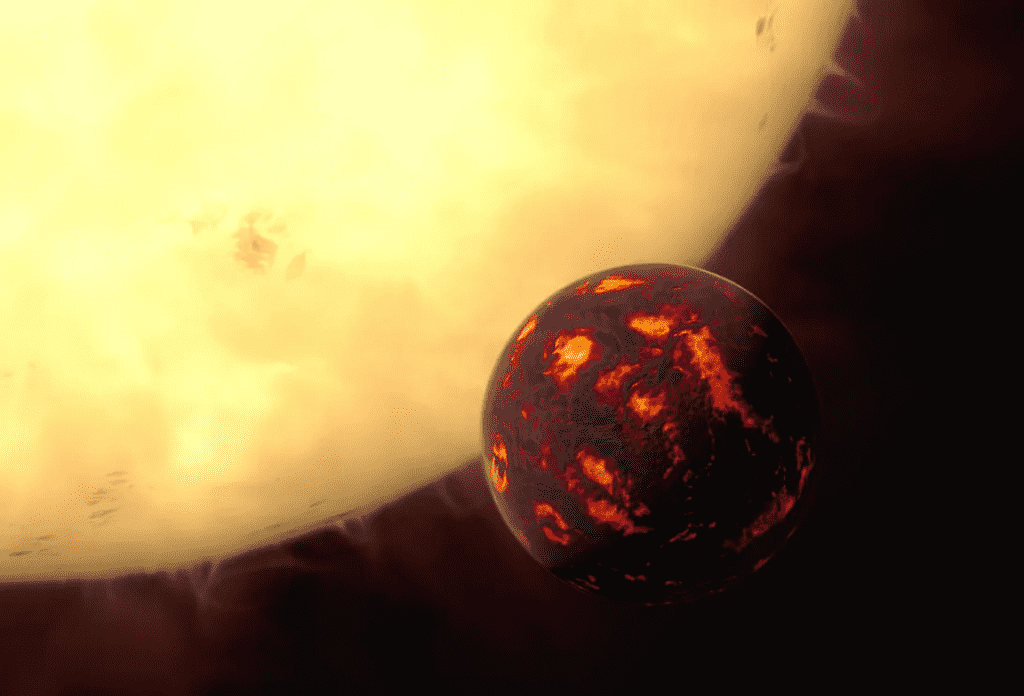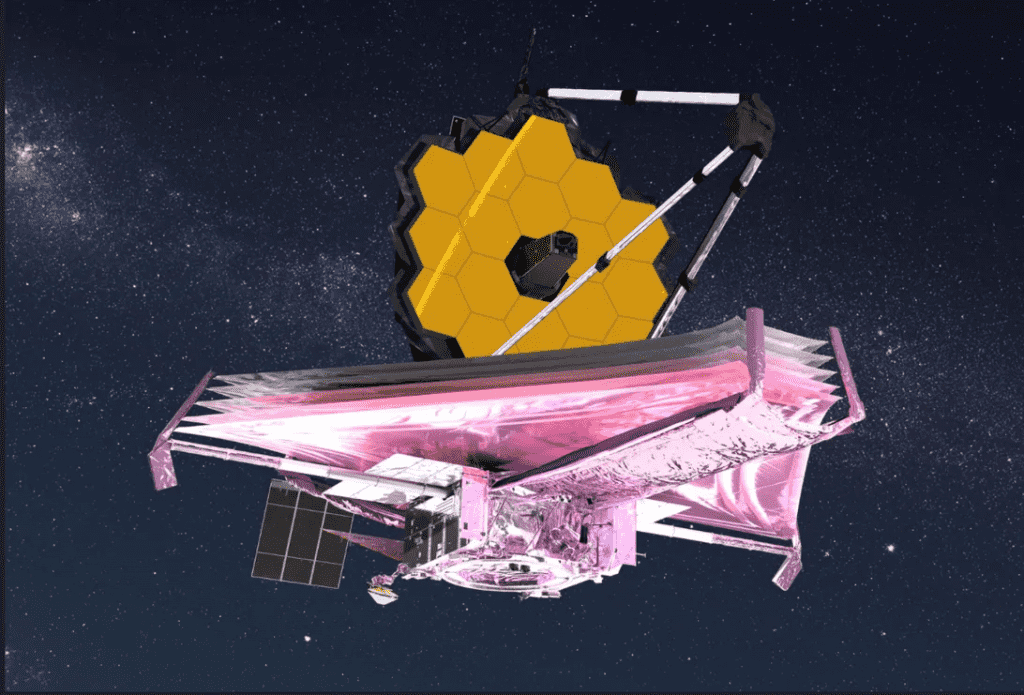NASA’s James Webb Telescope, which was launched in December 2021, is now 1,500,000 kilometers away from the Earth. It has embarked on its first target of focusing on exoplanets and so far, the James Webb Telescope has unveiled its operations on two of them, named “55 Cancri e” and “LHS 3844”. One is said to be dipped in lava with a surface temperature of 4400 degrees Fahrenheit (2400 degrees Celsius). On the other hand, the second exoplanet, i.e., “LHS 3844″, has no atmosphere and is comparatively cooler than 55 Cancri e. Both of these exoplanets fall between Earth and Neptune. However, 55 Cancri e is slightly bigger than LHS 3844 but smaller than Neptune, as shown in the figure below:

Let’s discuss the first exoplanet, i.e., 55 Cancri e, which is extraordinarily hot that lava falls like rain from the clouds on its surface. However, due to its diameter, which is almost twice that of the Earth, it is known as “Super-Earth” and completes its one revolution around its sun star in less than 18 hours. One main reason for its extreme hotness is the proximity to its sun-like star, which is only 1.5 million miles away. “Planets that orbit this close to their star are assumed to be tidally locked,” NASA added.

On the other hand, LHS 3844 as examined by the James Webb Telescope is smaller in size and comparatively cooler than 55 Cancri e. It is composed of solid rocks and is 2.25 times the mass of the Earth. The most important thing to consider here is that this planet doesn’t have any atmosphere, which means “no air”. Well, that’s interesting as our James Webb Telescope can observe different parameters on this planet either through NIRCam (Near-infrared Cam) or MIRI (Mid-infrared instrument). Both of these technologically sophisticated cameras have the potential to reveal those details on these planets that the human eye or ordinary machines can’t detect.

NIRCam is not supposed to work here because of the lack of atmosphere, but MIRI can play its part. The telescope would deploy MIRI to detect the existence of different rocks on its surface because, as we said before, it is a rocky planet. The possibility of rocks included is granite, basalt, or even volcanic gas. One of the team members of this project said, “It turns out that different types of rock have different spectra.” You can see with your eyes that granite is lighter in color than basalt. There are similar differences in the infrared light that rocks give off.”
Thus, the James Webb Telescope will now do its wonders and is expected to give us some amazing insights into these two exoplanets.


